Wyoming’s outdoor spaces are beautiful, but these wild areas can be dangerous without the proper preparation. Doing your research and packing the right gear can make all the difference between having a memorable trip and getting into a sticky situation. As you plan your Wyoming adventure, keep these common outdoor mistakes in mind so you can be sure to avoid them.
1. Only packing for one season in the summer.
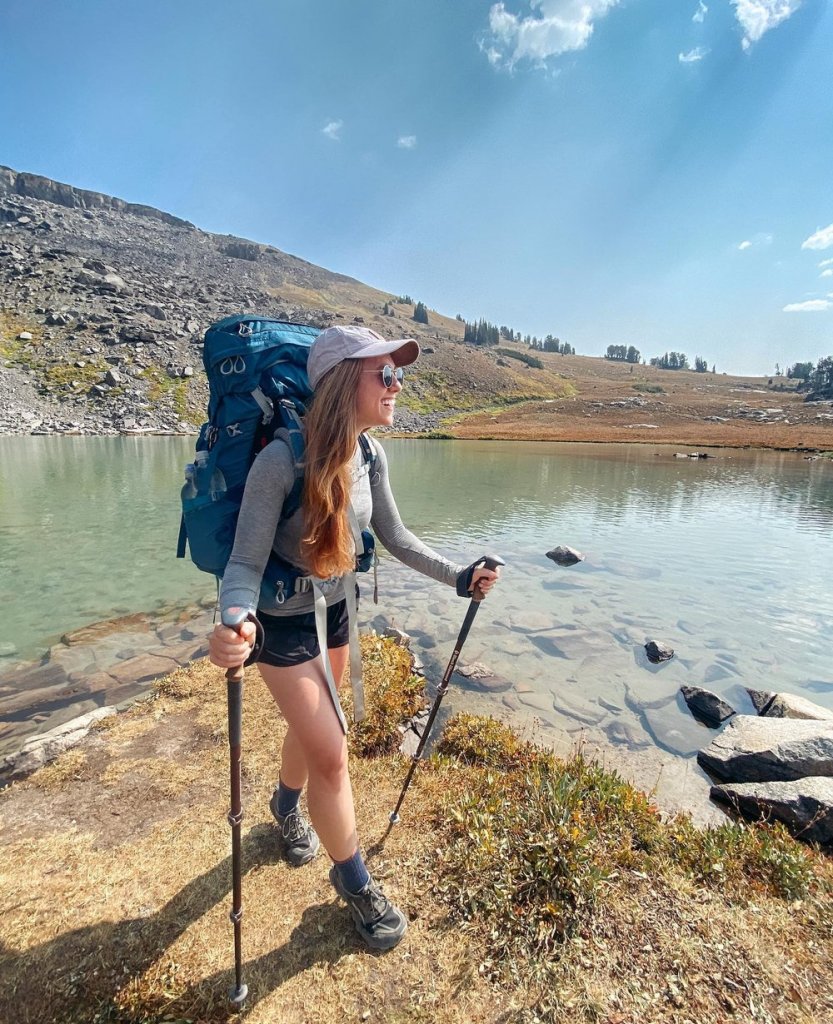
While Wyoming does get hot in the summer (some parts of the state more than others), it also gets really cold. Mountainous zones often stay cooler throughout the day, but they also have falling temps at night. Desert zones see wide temperature variation from day to night, and big swings can make 55 degrees feel frigid. To avoid this pitfall, make sure you pack in layers. Bring the swimsuit and shorts, but also pack non-cotton layers like long underwear, fleeces, long synthetic pants, a puffy jacket and even a hat and light gloves during the summer months.
2. Assuming all water is drinkable & water will be available wherever you camp.
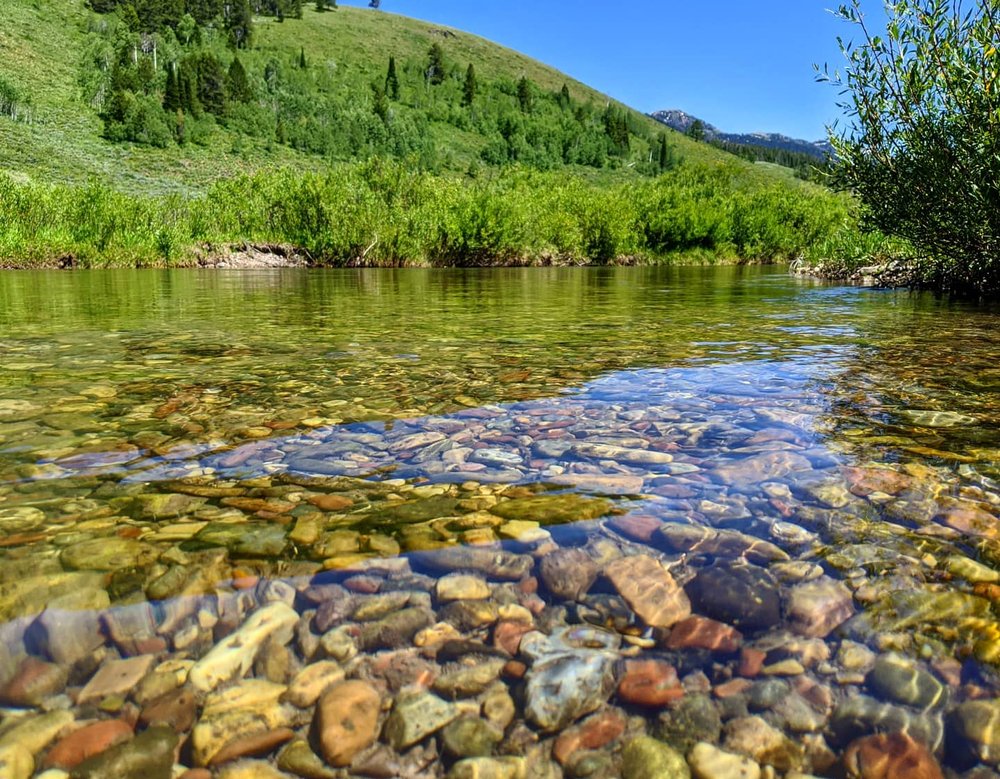
The truth is, not all-natural water sources are potable in Wyoming, and depending on your style of camping, it isn’t always available. Backpackers should remember that most of Wyoming is a high desert and sometimes water is scarce. If planning on a water source, do your research ahead of time. See what else is in the area and if it is known to be fit for human consumption. Occasionally, mines can contaminate water with heavy metals. Other times, a water source like a spring might be high in sulfur or alkaline minerals that can make a person ill. Always pack a water filtration system when backpacking.
If you are camping, understand the type of land you are camping on and if potable water will be made available. Amenities such as water aren’t available when dispersed camping in national forests and on BLM land. Pack enough water to keep you hydrated and douse any campfires you might have on your trip.
3. Thinking you don’t need to stay on a trail in high-desert terrain.
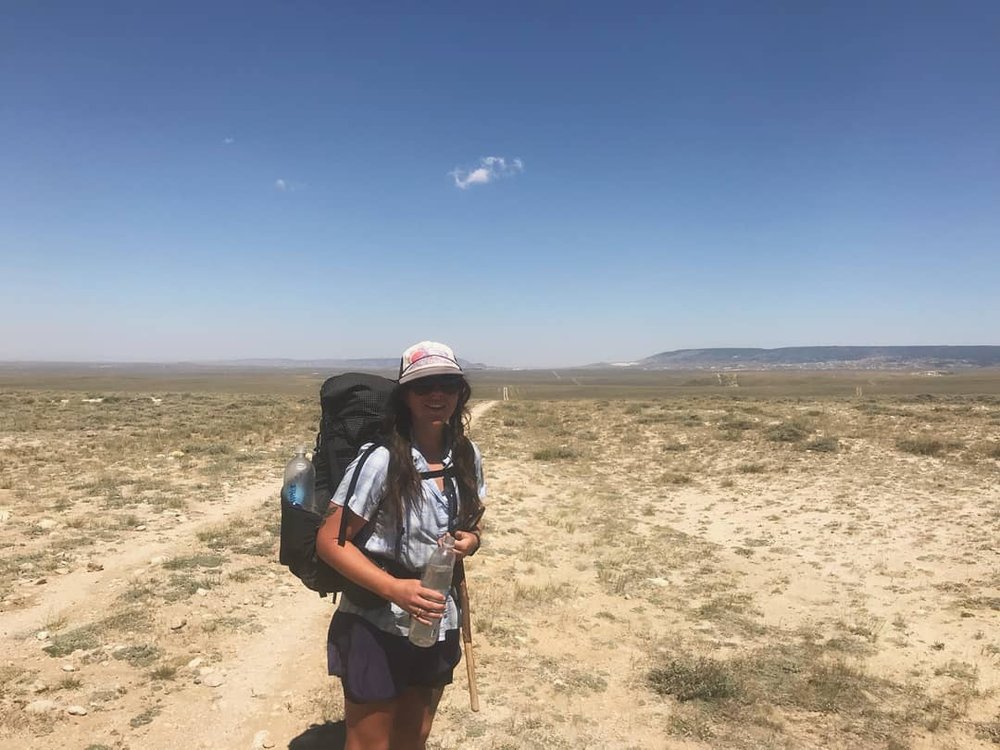
If you are in a part of Wyoming where the terrain is mainly sagebrush and dirt, you might think you can hike, ride or camp wherever you want. While you could technically do that, it isn’t best practice. If hiking, always use trails when they exist. If in an RV or side by side, stick to roads and ways that already exist for this purpose. Tires and footprints can wreak havoc on the plant life, which in turn disturbs the web of life that depends on sage for water, food and shelter during dry and hard times. New roads turn up quickly in our desert landscape. If we stick to existing ones, we can minimize the amount of these beautiful lands we turn into dirt parking lots.
Learn more about traveling responsibly in Wyoming.
4. Assuming all river corridors are public land.
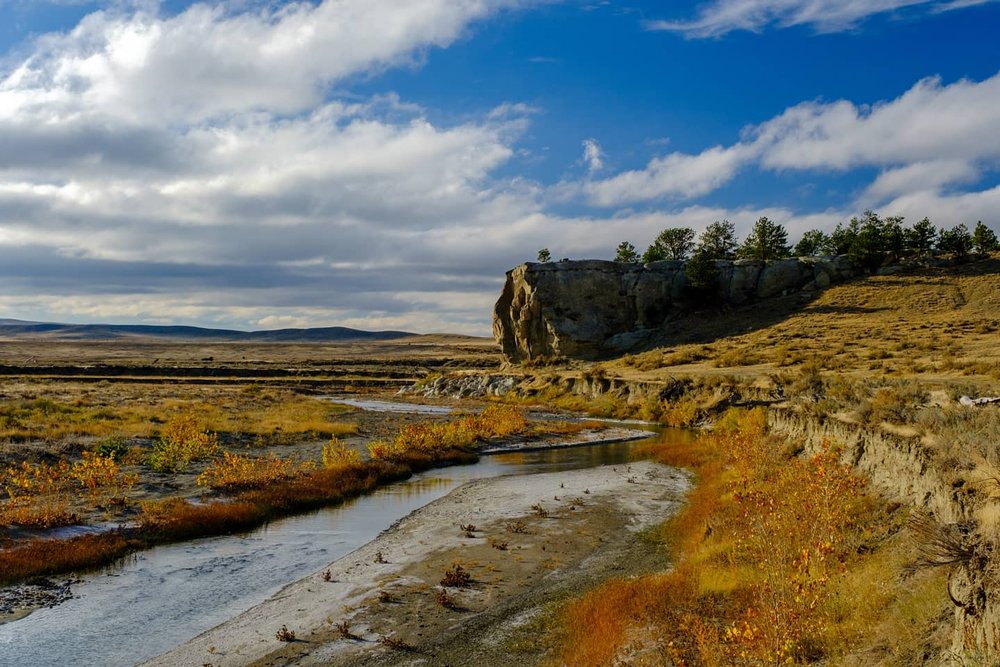
While in other states the high-water line is often a space on river corridors that anyone can travel within, Wyoming is different. Private landowners own the river bottom, and while you can float over their land, stopping, camping or dropping anchor for all but an emergency means you are trespassing in many cases. Research land ownership and choose your campsite ahead of time. Learn more from the Wyoming Game & Fish Department.
5. Thinking one liter of water and some Clif Bars will be plenty of fuel for the day.
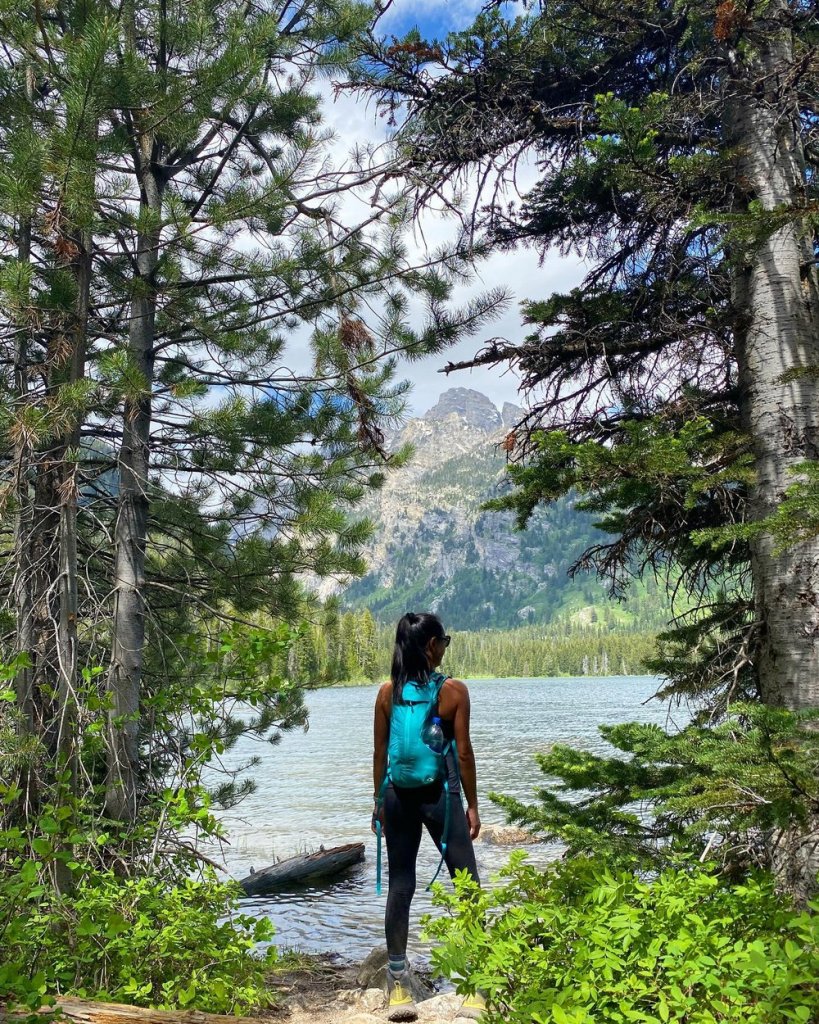
Whether you are on the water, hiking on a trail or riding in an ATV, the outdoors presents new challenges for our bodies. One that is often overlooked is the extra work it does when not in a temperature-controlled environment. Your body works to stay cool when it’s hot, stay warm at night when it’s cold and move stored energy to your muscles when you are moving to keep you moving. The air in Wyoming is dry, which means you dehydrate more quickly. The wind also wicks moisture from your body. If you are sweating, it often evaporates before you even noticed, and that can mean you are losing salts and sugars (electrolytes) too.
Most snack bars don’t have a lot of salt and are not adequate at replacing lost salts. Additionally, dehydrated cells must work harder to convert calories into usable energy. Staying hydrated and well-fed, even when you aren’t thirsty or hungry on a hot day, will ensure the rest of your trip remains enjoyable.
6. Assuming everyone will have the same environmental values and camping ethics as you.
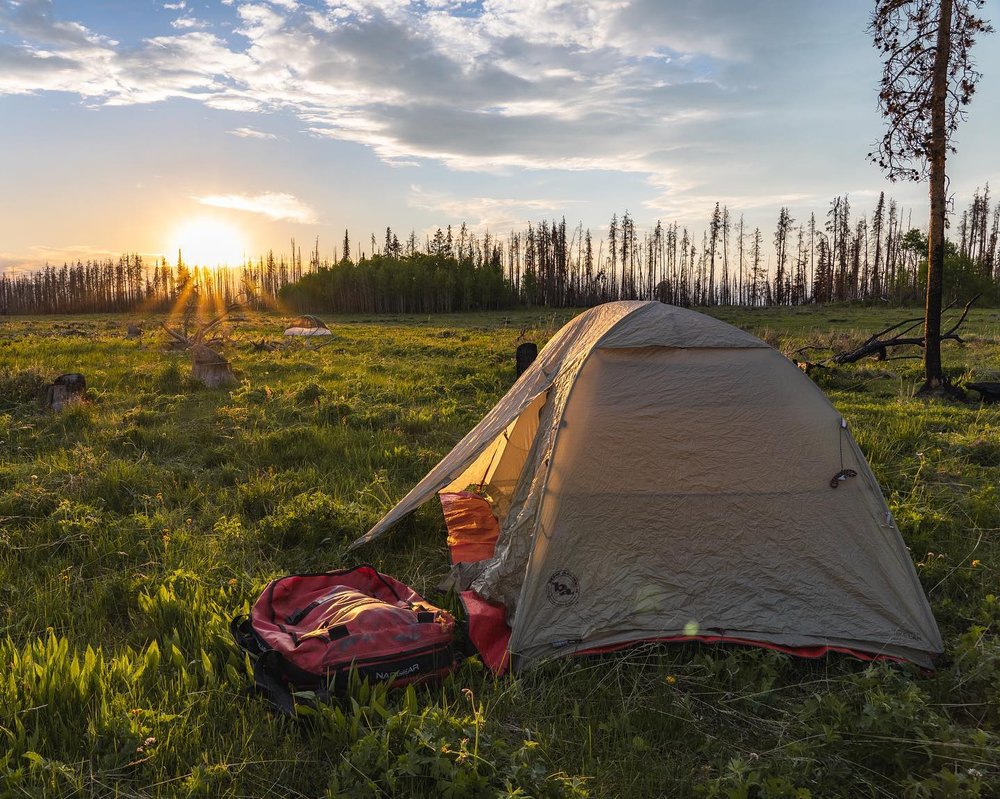
During this post-pandemic camping rush, it can be hard to get away from people, even at remote camping spots. If you traveled a long way to get to a remote spot and others are already there or show up, make sure to be considerate. Check in with your neighbors about their expectations, politely make any requests you may have and try to compromise where you can. Remember to remain kind and considerate to your fellow outdoor adventurers. After all, this land belongs to them as much as it belongs to you.
Ready to venture outside? Discover the outdoor adventures waiting in Wyoming. Use the know before you go page to kick-off your research, and take a minute to learn how to travel responsibly throughout the state.